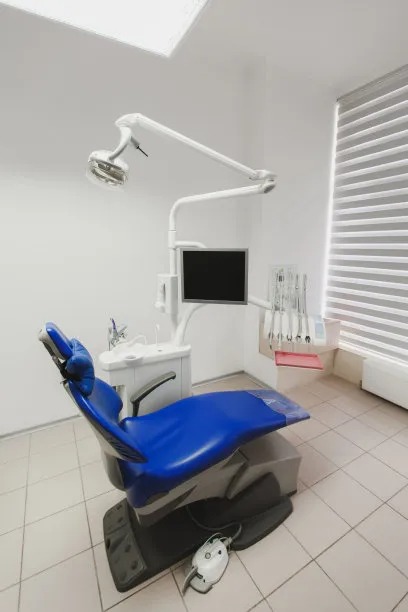The Comprehensive Process and Considerations for Extracting a Tooth Safely and Effectively in Dental Care
Summary: The process of tooth extraction is a critical aspect of dental care that necessitates comprehensive understanding and careful execution. This article delves into the essential steps for extracting a tooth safely and effectively, highlighting the importance of patient assessment, preparation for the procedure, the extraction process itself, and post-operative care. Each of these aspects is crucial for ensuring the safety and comfort of the patient, as well as promoting effective healing. By detailing these four components, healthcare professionals can enhance their practices and improve patient outcomes in tooth extractions.
1. Importance of Patient Assessment

Before any dental procedure, the thorough assessment of the patient is fundamental. Dentists must review the patient’s medical history to identify any conditions that could affect the extraction, such as heart disease, diabetes, or bleeding disorders. Understanding these health factors allows dental professionals to determine the safest approach for the procedure.
Additionally, a clinical examination must be performed to evaluate the tooth’s condition and the surrounding tissues. X-rays may be utilized to visualize the tooth’s root structure and the bone surrounding it, offering insight into the complexity of the extraction. This information is essential to anticipate any potential difficulties.
Patient communication is equally important during the assessment. Dentists should provide a clear explanation of the extraction process, including risks and benefits, which helps to alleviate concerns and allows the patient to give informed consent. This thorough upfront assessment sets the groundwork for a successful extraction.
2. Preparation for the Tooth Extraction
Once the patient has been assessed, the next step is meticulous preparation. This involves the creation of a sterile environment to minimize the risk of infection. The dental team must adhere to strict hygiene protocols, including sterilizing instruments and using gloves and masks throughout the procedure.
Anxiety management is another essential component in preparation. Dentists may provide sedation or anesthesia options to ensure the patient is comfortable and pain-free during the extraction. It’s important for practitioners to discuss these options with patients and understand their preferences and anxieties regarding pain management.
Lastly, informing the patient about pre-procedure instructions is crucial. This may include advising patients to refrain from eating or drinking for a certain period before the extraction, depending on the type of anesthesia to be used. Clear guidelines help facilitate a smooth process and set appropriate patient expectations.
3. The Tooth Extraction Process
The extraction itself is a precise procedure that requires both skill and care. Once the patient is adequately anesthetized, the dentist will begin by loosening the tooth using specific instruments. This stage may vary in complexity, depending on whether the tooth is fully erupted or impacted in the jaw.
After the tooth is adequately loosened, it will be removed carefully. Dentists aim to preserve as much surrounding bone and tissue as possible to aid in the healing process. If the extraction involves multiple teeth or complex conditions, the dental team may use additional surgical techniques, which must be performed with meticulous attention to detail.
After the tooth is removed, the dentist will apply pressure to the extraction site to control any bleeding and may place sutures if necessary. Proper technique during this phase is vital for minimizing complications. Successful extraction depends on a blend of experience, knowledge, and technique.
4. Post-Operative Care and Recovery
Post-operative care is critical in ensuring the healing process goes smoothly. Dentists will provide patients with specific instructions regarding care for the extraction site, such as keeping the area clean and avoiding certain foods. Patients should be advised about normal post-operative sensations and signs of complications to look out for, including excessive bleeding or signs of infection.
Pain management is another important aspect of recovery. Dentists usually prescribe pain relief medications and recommend alternatives like ice packs to reduce swelling in the initial 24 hours following the extraction. Educating patients on how to manage pain effectively promotes a more comfortable recovery.
Finally, follow-up appointments are essential to monitor healing and address any issues that may arise. These visits allow dentists to assess the progress and intervene promptly if complications occur. Effective post-operative care can greatly influence the overall outcomes of the extraction procedure.
Summary:
Tooth extraction is a pivotal component of dental care that requires careful planning, execution, and aftercare. Each phase of the process plays a significant role in ensuring the patients comfort, safety, and swift recovery. By adhering to a comprehensive approach, dental professionals can improve patient experiences and outcomes during tooth extraction procedures.
This article is compiled by Vickong Dental and the content is for reference only



